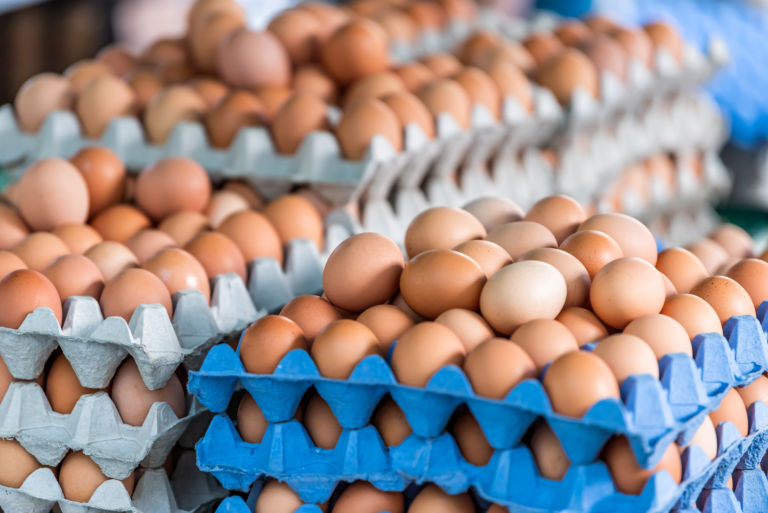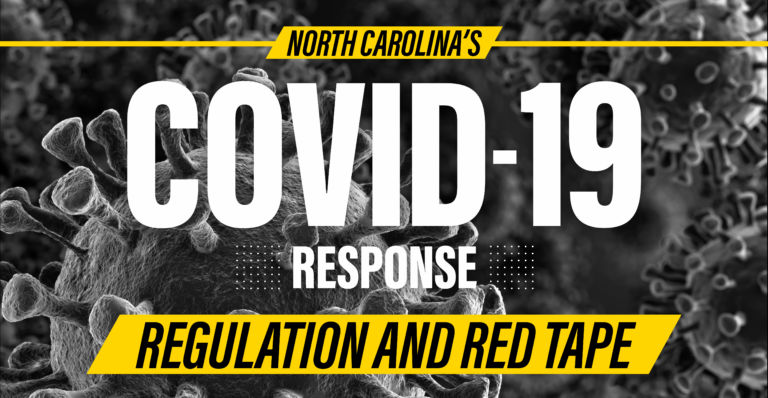Frank Bullitt writes for Issues and Insights about the value of “price gouging” in a situation like the COVID-19 pandemic.
Anxious consumers across the country are raiding stores, emptying entire shelves of paper products, pain killers, soap, hand sanitizers, and frozen food. In response, some states are invoking anti-price gouging laws. Others will follow. All will make matters worse. …
… [I]t all sounds so consumer friendly. After all, who wants to pay $79 for hand sanitizer?
Cracking down on market prices, which, whether we like them or not, are often higher than we are comfortable with and sometimes higher than we can pay, might feel good. But doing so will not restock vacant shelves. It will only keep them empty.
While it is counterintuitive to most, the reality is that price gouging is “a life-saving market mechanism.”
“When a disaster is incoming, such as a hurricane or a blizzard, people will see others at grocery stores stocking up on water and other essentials,” explains T.J. Roberts, writing for the Mises Institute.
“They will, however, purchase too much if the price stays the same. Whereas a storm and its immediate aftermath may last for a few days, people will purchase enough to last them for months, resulting in shortages.”
When government doesn’t distort markets with price ceilings, price signals tell sellers where they should ship their goods. If a lumber company, for instance, sees prices for plywood rising due to increased demand in coastal areas threatened by a storm, it will divert to those zones inventory that would otherwise be shipped elsewhere.
“Higher prices during emergencies attract resources,” says economist David Henderson, “from other parts of the country.”
Artificially holding down prices also discourages valuable entrepreneurship.


